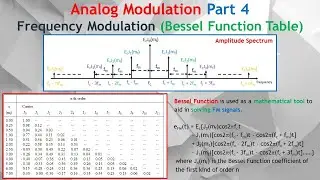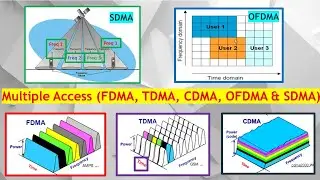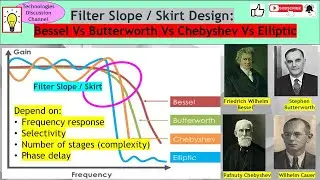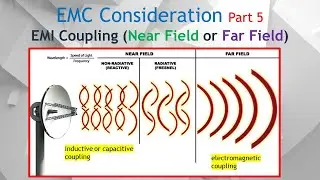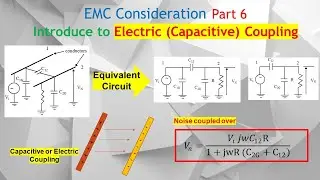Satellite Communication Part 1. From Earth to Orbit: Evolution of Space-Based Telemetry Explained!
Satellite Communication playlist.
• Satellite Communication Part 1. How S...
A communications satellite is an orbiting artificial Earth satellite that receives a communication signal from a transmitting ground station, amplifies and possibly processes it, then transmits it back to Earth for reception by one or more receiving ground stations. Communications information neither originates nor terminates at the satellite itself. The satellite acts as an active transmission relay, similar in function to relay towers used in terrestrial microwave communications.
Satellite communications play a vital role in the global telecommunications system. About 2,000 artificial satellites orbit Earth, relaying analog & digital signals that carry voice, video and data to and from one or many locations worldwide. Satellite communications are now an accepted part of everyday life, as evidenced by the antennas or ‘dishes’ that dot city and country horizons or the nearly instantaneous global news coverage that is taken for granted, particularly in times of international crises.
Satellite communication offers numerous advantages, making it an essential technology for global communication. Here are some benefits:
Global Coverage: Satellites provide widespread coverage, enabling communication in remote and rural areas that are hard to reach with traditional ground-based infrastructure. This makes them vital for connecting regions where other methods of communication are impractical.
Reliable Connectivity: Satellite systems are highly reliable for communication, as they are not susceptible to issues like power outages, natural disasters, or physical damage that can affect terrestrial networks. This ensures continuous service in regions with difficult terrains or during emergencies.
High Data Capacity: Satellites can transmit large amounts of data over long distances, supporting services such as television broadcasting, internet access, and voice communication with minimal latency and good quality.
Broadband Internet Access: Satellite communications are crucial for providing high-speed internet access in remote areas, ships at sea, aircraft in flight and even on moving vehicles. This is especially important where fiber-optic cables or other infrastructure cannot reach.
Cost-Effectiveness for Remote Locations: In remote or sparsely populated areas, the cost of laying cables or constructing physical communication towers can be prohibitively expensive. Satellites offer a cost-effective alternative for establishing communication networks without the need for complex ground-based infrastructure.
Reduced Interference: Since satellite communication relies on space-based infrastructure, it is less likely to be affected by terrestrial interference, weather conditions, or other environmental factors, ensuring more stable communication.
The history of satellite communications marked by significant technological advancements and milestones. Here’s an overview of the key events and developments in satellite communications:
1. Early Theoretical Foundations (1940s–1950s)
Arthur C. Clarke's Vision (1945): The concept of using satellites for communication was first proposed by British scientist Arthur C. Clarke. In his paper published in Wireless World, Clarke suggested that geostationary satellites could serve as relay stations for transmitting television signals—a concept that later became the foundation of satellite communications.
The Dawn of the Space Age (1950s): As the Space Race between the United States and the Soviet Union intensified, interest in space technology surged. This period saw the exploration of satellite technology for military, scientific, and communication purposes.
2. First Satellites (1960s)
Sputnik 1 (1957): The Soviet Union launched Sputnik 1, the first artificial satellite, marking the beginning of the space age. Although its primary purpose was to demonstrate space exploration capabilities, it also highlighted the potential for communication from space.
Telstar 1 (1962): The first commercial communications satellite, Telstar 1, was launched by AT&T in partnership with NASA. It successfully relayed live television broadcasts between the United States and Europe, marking the first use of a satellite for television and telephone communication. Telstar revolutionized global communications by enabling real-time transmission over long distances.
Early Communication Satellites: Following Telstar, other satellites, such as Syncom 3 (1964) and Early Bird (Intelsat I, 1965), were launched. These satellites significantly advanced the infrastructure for global communication, improving the quality and reliability of signals.
Watch video Satellite Communication Part 1. From Earth to Orbit: Evolution of Space-Based Telemetry Explained! online, duration hours minute second in high quality that is uploaded to the channel Technologies Discussion 22 January 2025. Share the link to the video on social media so that your subscribers and friends will also watch this video. This video clip has been viewed 471 times and liked it 26 visitors.










